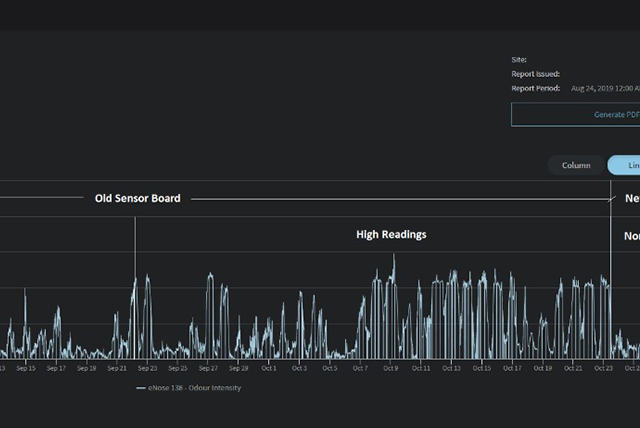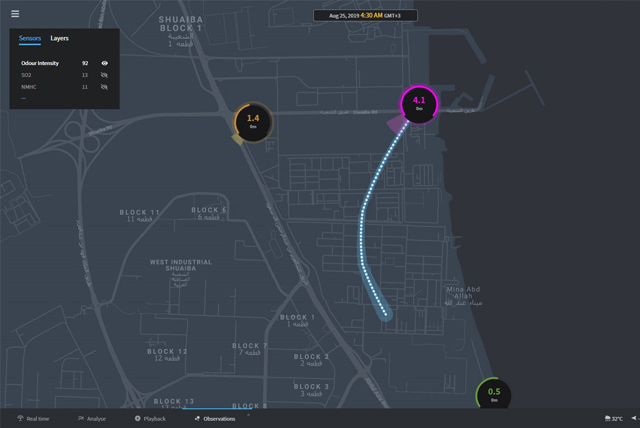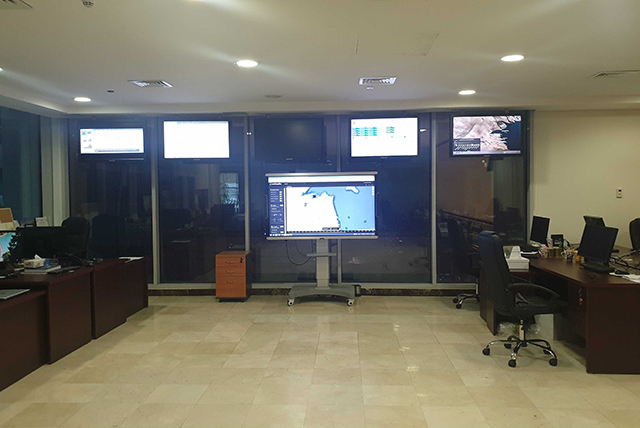Waste Management Plan for the Emirate of Kuwait
Installation of 100 Online-Electronic Noses in the Emirate of Kuwait
Since January 2017, the Fraunhofer Institute for Environmental, Safety and Energy Technology in Sulzbach-Rosenberg has been working on a waste management plan for the Emirate of Kuwait on behalf of the Kuwaiti environmental authority. As part of the air quality monitoring sub-project, a network of 100 online electronic noses, or eNOSES for short, was installed in odour-intensive areas with a focus on waste management facilities and fully commissioned in April 2020. The aim is to monitor odours online continuously over the long term. eNOSES are devices that perceive odours in a similar way to a human nose and can therefore detect anomalies.
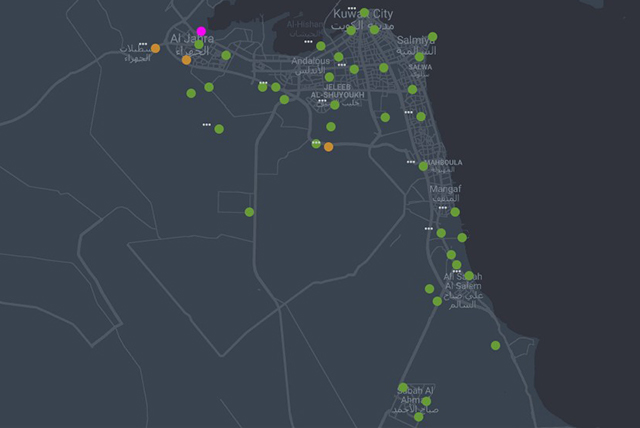
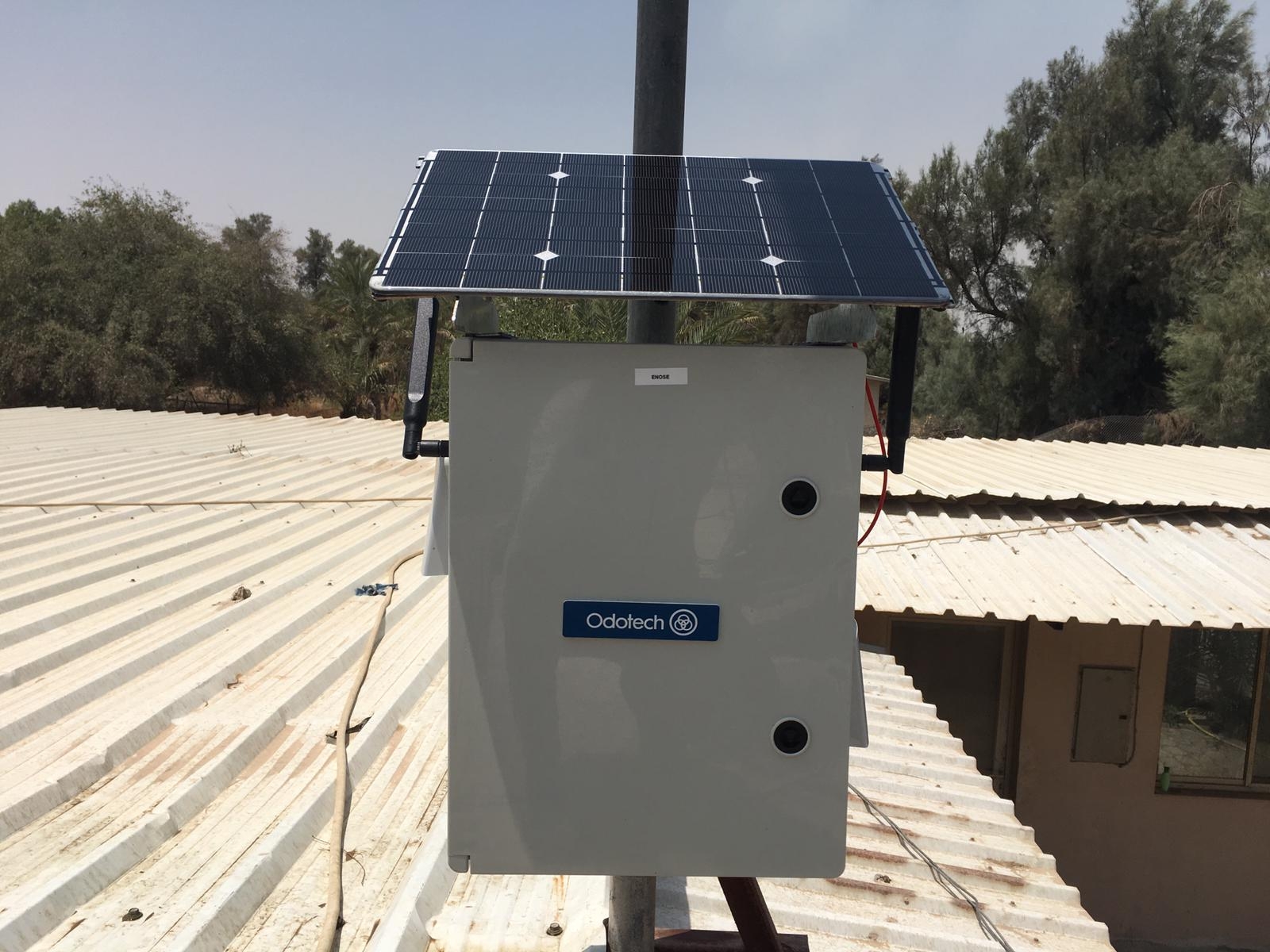
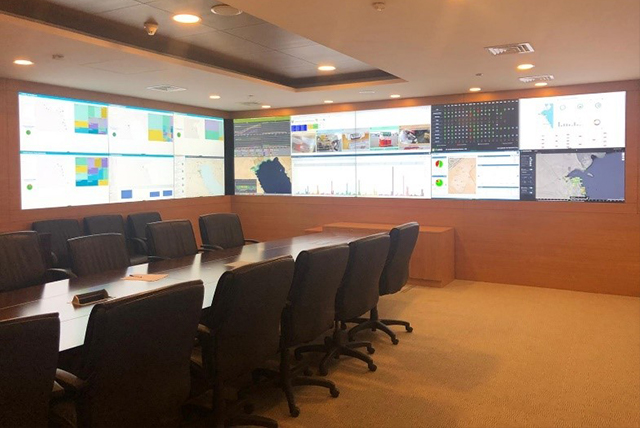
The current network of air quality monitoring stations in Kuwait is only capable of monitoring the most important air pollutants, including particulate matter, carbon monoxide (CO), nitrogen oxides (NOx), sulphur dioxide (SO2), hydrogen sulphide (H2S) and ozone (O3).
However, the current monitoring system lacks a comprehensive geographical coverage. Furthermore, odour-intensive substances originating from industrial activities, landfills, sewerage networks, sewage treatment plants or animal farms can only be determined to a limited extent.
Background:
The current network of air quality monitoring stations in Kuwait is only capable of monitoring the most important air pollutants, including particulate matter, carbon monoxide (CO), nitrogen oxides (NOx), sulphur dioxide (SO2), hydrogen sulphide (H2S) and ozone (O3). However, the current monitoring system lacks a comprehensive geographical coverage. Furthermore, odour-intensive substances originating from industrial activities, landfills, sewerage networks, sewage treatment plants, animal farms can only be determined to a limited extent.
Implementation:
The Air Quality and Waste Management Departments of the Environmental Protection Agency (EPA) drew up a priority list of relevant sectors and the eNOSES were then distributed with a focus on waste and wastewater management facilities. The eNOSES were installed on buildings, on existing street lighting lamp posts or alternatively on 4 m high posts by the UMSICHT partner »DAR AL BEA'A Environmental Consultants« and were fully operational in April 2020.
The equipment of the eNOSES with solar panels enables a completely energy self-sufficient operation. In addition to the eNOSES, a network of wind sensors was also installed as a basis for the analysis of the propagation of odour events.
The results of odour monitoring are evaluated on a special software platform and displayed in the EPA control room. This enables the analysis of the results including the tracing of odour-intensive events back to their source, management and fast reaction to odour problems.
Functional principle eNOSE
The eNOSES are compact instruments consisting of an array of non-selective but highly sensitive gas sensors made of metal oxide semiconductors (MOS). These react to small fluctuations of the reactive gas concentration in the ambient air. The eNOSE was developed to simulate the human olfactory system in the detection and recognition of odorous gases. These types of odour-intensive gases are often found in industrial and landfill gas emissions.
Analysis of the results
Further information on the major project Kuwait
Last modified:

